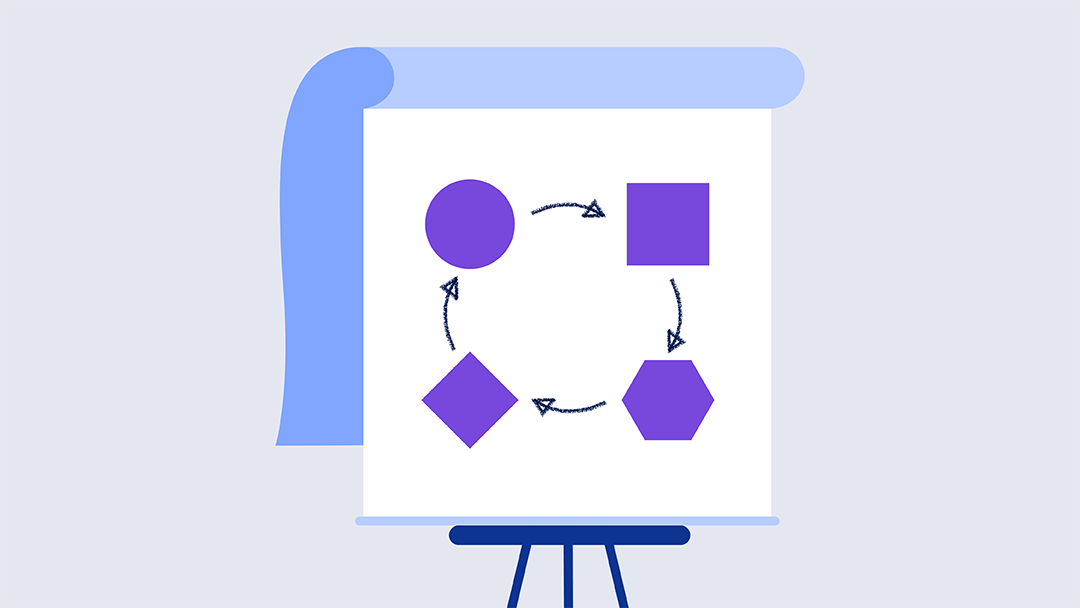Basic Stakeholder Analysis Template
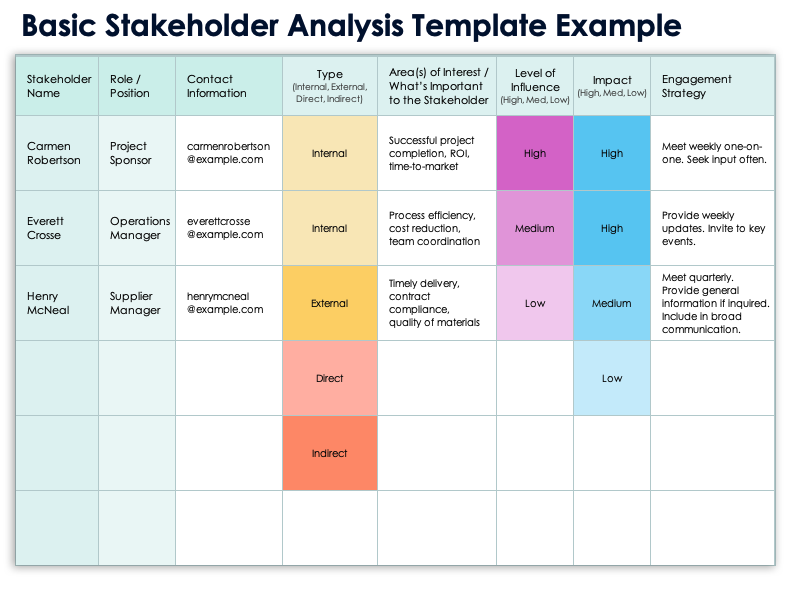
Download Blank and Sample Versions of the Basic Stakeholder Analysis Template for
Excel
|
Microsoft Word
|
PowerPoint
| Google Docs
Google Slides | Google Sheets
When to Use This Template: Use this template to identify stakeholders for any project and manage their involvement and engagement. It is particularly relevant for small, short-term, and routine projects, such as software updates.
Notable Template Features: This template provides space to list essential information in a basic stakeholder analysis: name, role or position, contact information, as well as fields to note stakeholder type, area(s) of interest, level of influence, impact, and engagement strategy. The table format makes it easy to quickly reference key information.
Learn about stakeholder needs and how to manage them successfully in this guide to stakeholder management and try this basic Smartsheet stakeholder analysis template.
Stakeholder Analysis Template
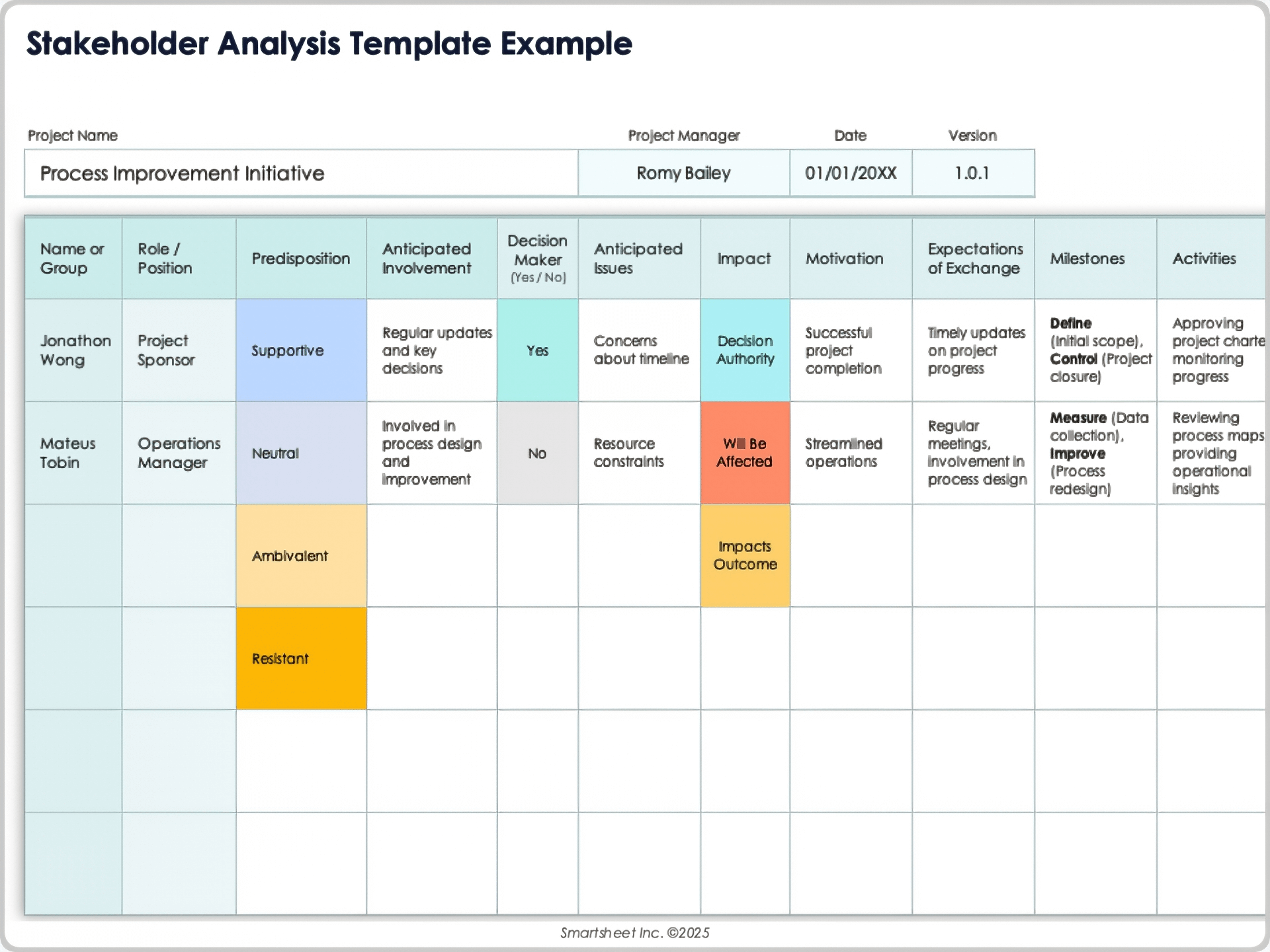
Download a Blank and Sample Version of a Stakeholder Analysis Template for
Excel
|
PowerPoint
| Google Sheets | Google Slides
When to Use This Template: Use this template to anticipate and manage stakeholder risks, motivate stakeholder buy-in, and clarify deliverables. This template helps you efficiently manage complex stakeholder landscapes and ensure that projects progress smoothly.
Notable Template Features: This template includes more columns than the basic stakeholder analysis template, including Predisposition, Anticipated Involvement, Decision Maker, Anticipated Issues, Expectations of Exchange, Milestones, Activities, and Date Due. You can easily edit the template to include more columns or different information.
Try a Smartsheet stakeholder analysis template for more functionality
Six Sigma Stakeholder Analysis Template

Download a Six Sigma Stakeholder Analysis Template for
Excel
|
Microsoft Word
|
PowerPoint
| Google Docs
Google Slides | Google Sheets
When to Use This Template: This template focuses on stakeholders’ willingness to embrace change. Use it for Six Sigma projects that involve structured problem-solving and continuous improvement.
Notable Template Features: This template uses a rating scale to gauge stakeholders’ current vs. desired vested interest. Use the scale to acknowledge and manage resistance to change and ensure stakeholder alignment. The template also includes a column for Six Sigma focus to document quality improvement initiatives.
Stakeholder Analysis Matrix Template
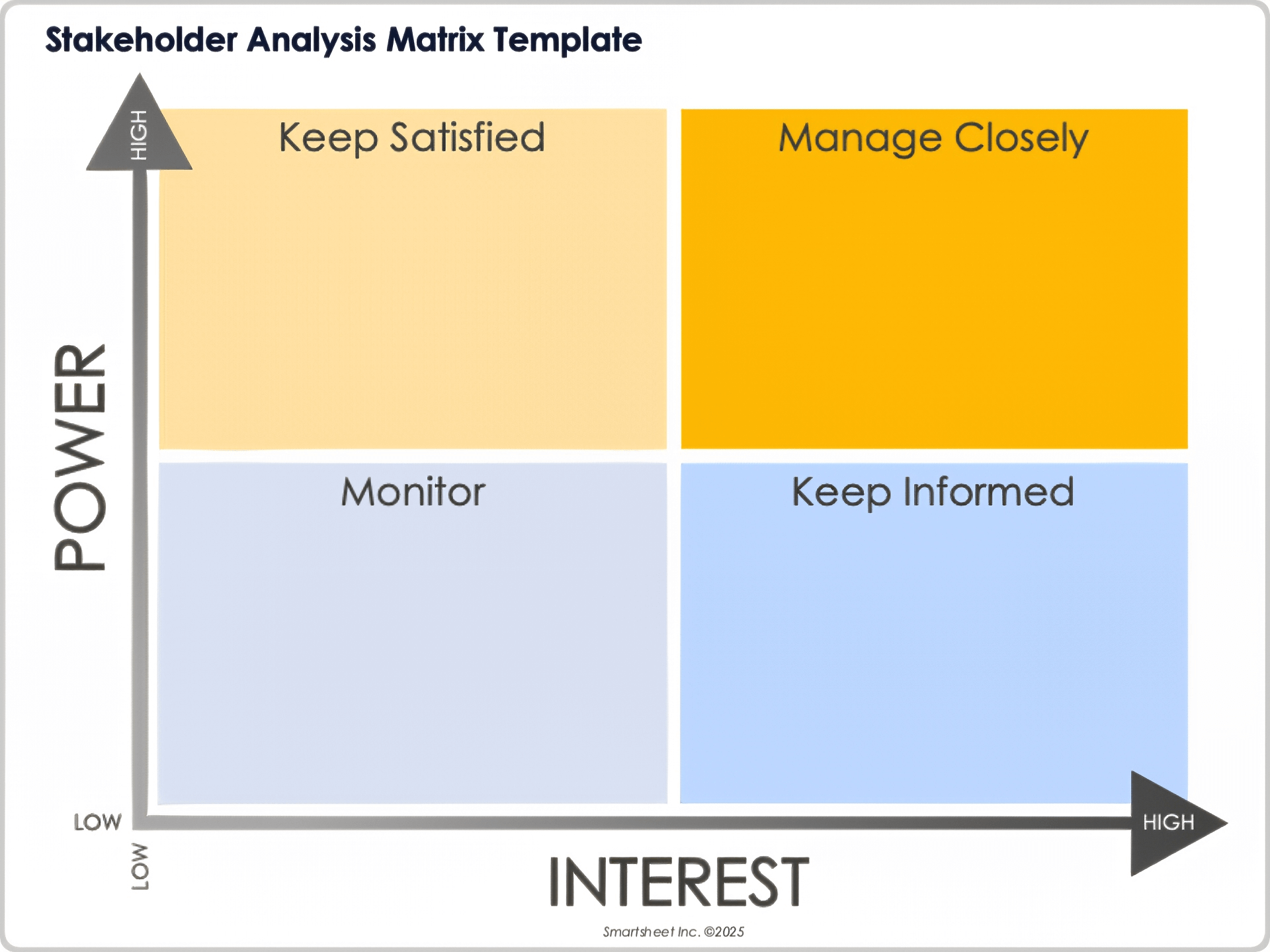
Download a Stakeholder Analysis Matrix Template for
Excel
|
Microsoft Word
|
Adobe PDF
|
PowerPoint
Google Docs | Google Sheets | Google Slides
Smartsheet
When to Use This Template: Use this stakeholder matrix template to map out which stakeholders have high or low power over — and interest in — your project. By organizing stakeholders into quadrants, you’ll easily see who you need to manage closely, keep satisfied, stay informed, and monitor. This is a useful tool for strategizing and creating an effective plan of action for stakeholder management and supporting stakeholder engagement initiatives.
Notable Template Features: This template offers a clear visual overview of each stakeholder's level of power and degree of interest, which makes it easier to manage their involvement, engagement strategies, and communication requirements. The X and Y axes are customizable to fit your specific needs, allowing for variations such as Power/Predictability, Influence/Impact, Power/Impact, or Influence/Support. You can use this template alongside the stakeholder analysis template for a more comprehensive approach.
Check out our comprehensive article on stakeholder analysis mapping to learn how to identify stakeholders and their personas. Find additional stakeholder mapping templates to visually represent your stakeholder analysis.
Stakeholder Salience Model Template
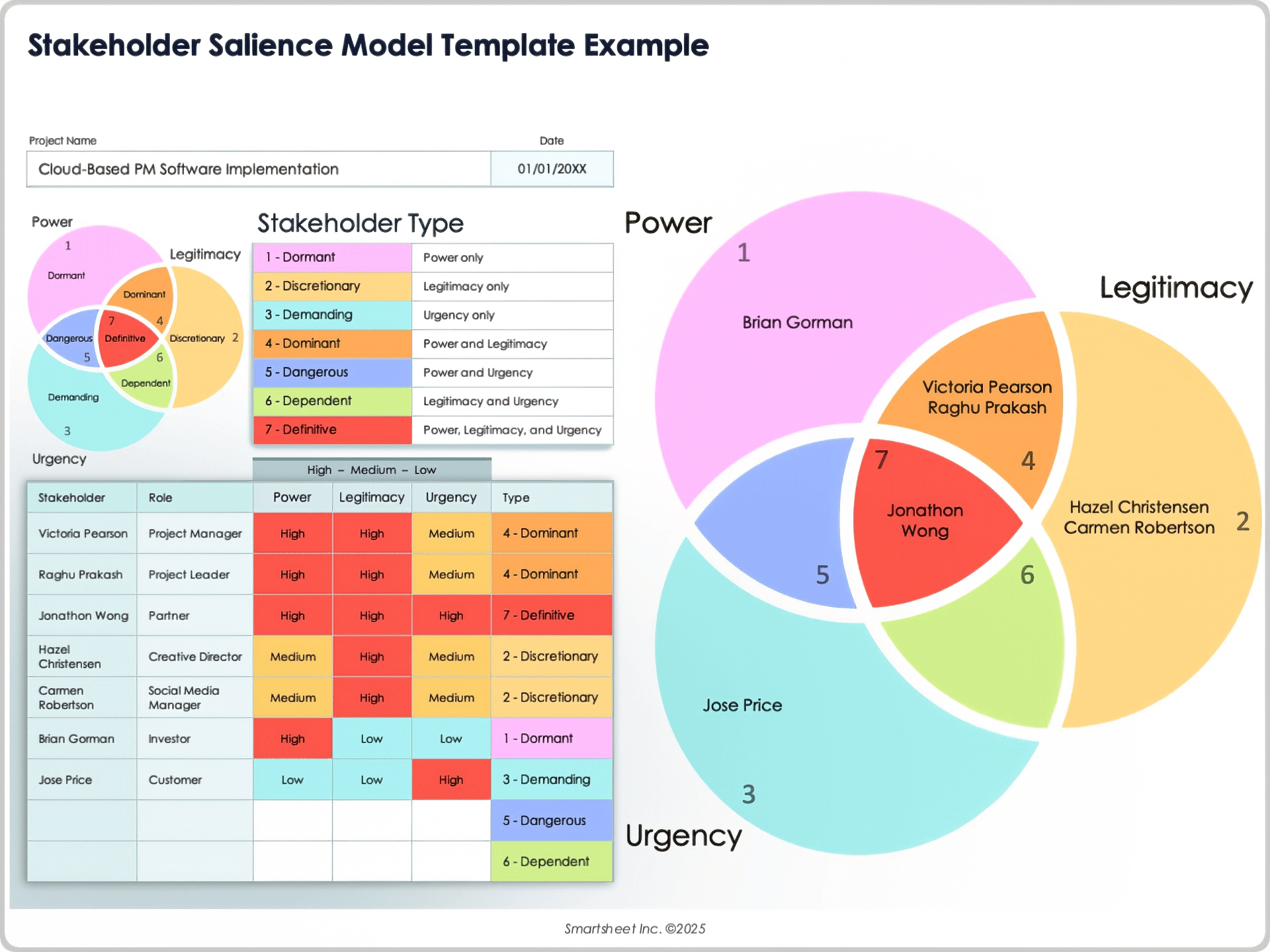
Download a Blank and Sample Version of Stakeholder Salience Model Template for
Excel
|
Microsoft Word
|
PowerPoint
Google Docs | Google Slides
When to Use This Template: Use this stakeholder salience model template to identify your most critical stakeholders based on power, legitimacy, and urgency. It’s ideal for prioritizing and allocating resources for multiple stakeholders with varying levels of interest, influence, and urgency.
Notable Template Features: This template includes a table and a Venn diagram to help identify and assess stakeholders based on three key factors: their power to influence the company, the validity of their connection to the company, and the urgency of their claims. Fill out the table to gain a structured analysis of each stakeholder, use the Venn diagram to visually represent the intersection of these factors, and enter stakeholder names into the appropriate place.
Stakeholder Change Management Analysis Template
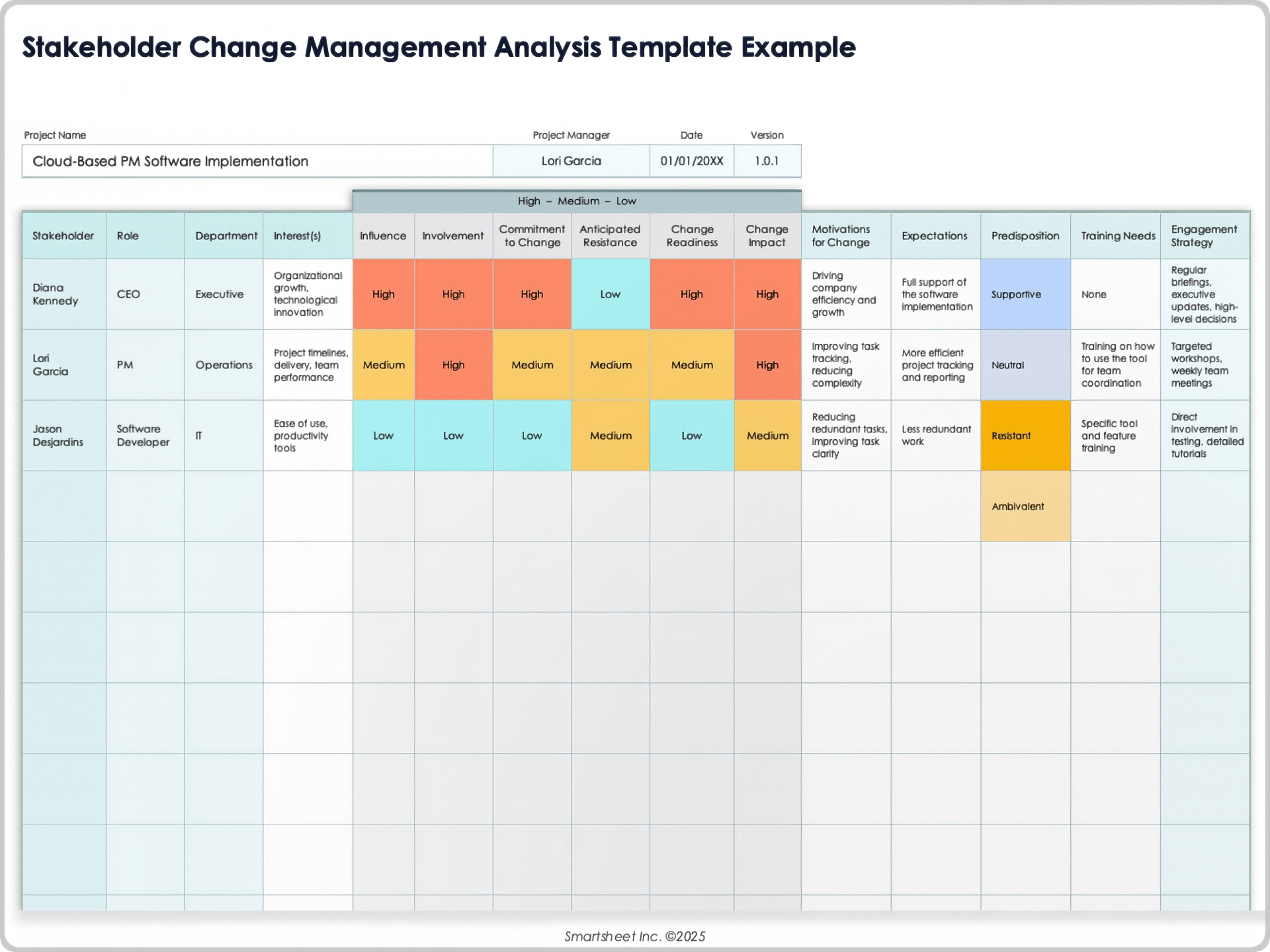
Download a Blank and Sample Version of Stakeholder Change Management Analysis Template for
Excel
|
Microsoft Word
| Google Sheets | Google Docs
When to Use This Template: Use this template to manage stakeholders during an organizational change initiative and change management process. It is particularly useful for gauging stakeholders’ readiness for change and identifying the necessary actions for effective change adoption.
Notable Template Features: This template includes columns to address core areas for managing stakeholders during a change initiative: Commitment to Change, Motivations for Change, Change Readiness Level, and Change Impact. Evaluate these areas to assess where each stakeholder stands in relation to the change process and tailor your strategies accordingly.
Stakeholder Engagement Assessment Matrix
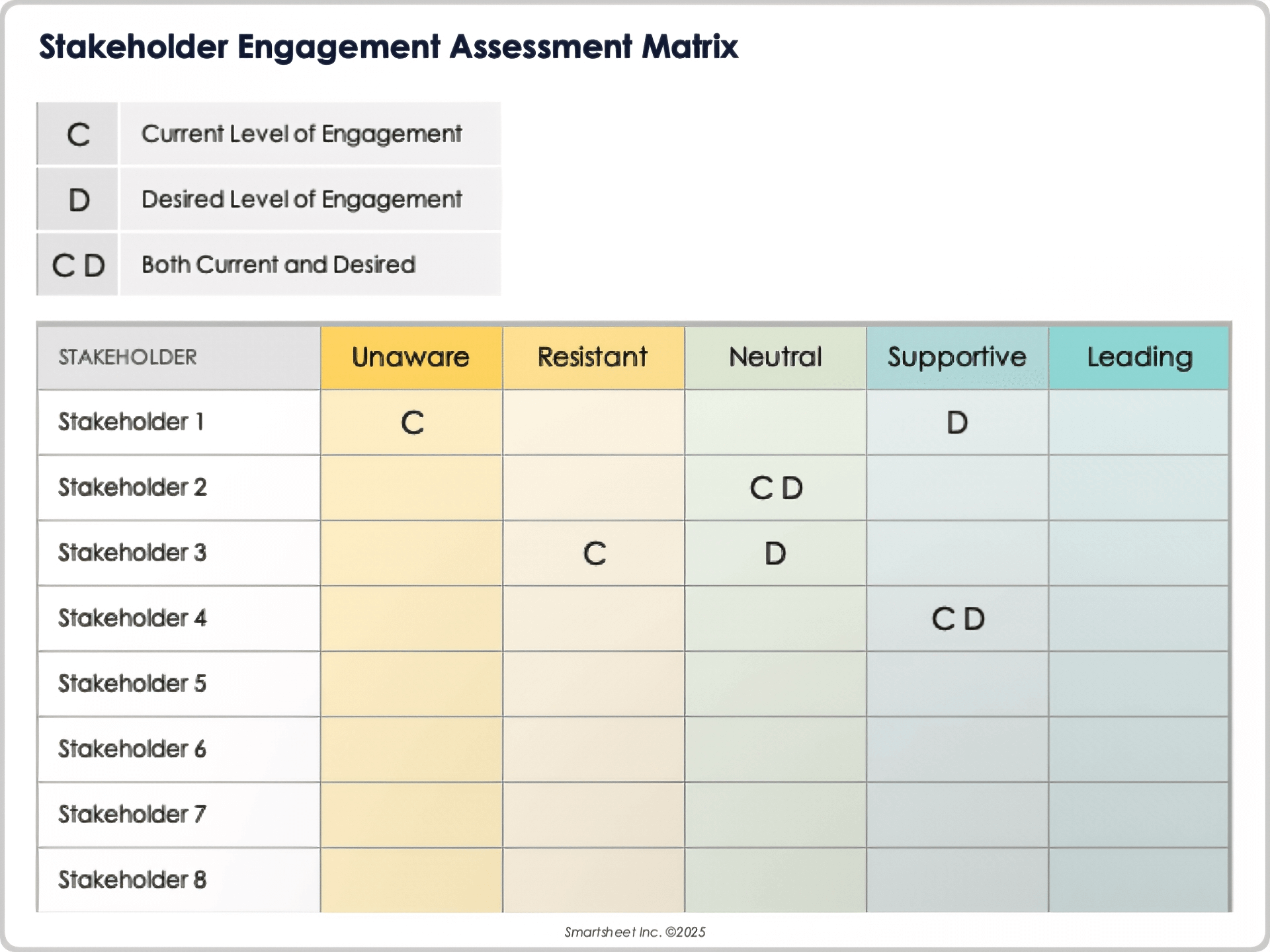
Download a Stakeholder Engagement Assessment Matrix Template for
Excel
|
Microsoft Word
|
Adobe PDF
|
PowerPoint
Google Docs | Google Sheets | Google Slides
When to Use This Template: Use this template to document each stakeholder’s current and ideal level of involvement. Complete the matrix before your project begins, and then use the data to manage stakeholder engagement throughout your project’s lifecycle.
Notable Template Features: This template provides Unaware, Resistant, Neutral, Supportive, or Leading columns to indicate the status of each stakeholder. Enter a C to indicate their current level of engagement and a D to indicate their desired level of engagement. This matrix is easy to review and supports the development of a stakeholder communication plan.
Learn how to create and use a stakeholder engagement plan.
Stakeholder Communications Plan Template
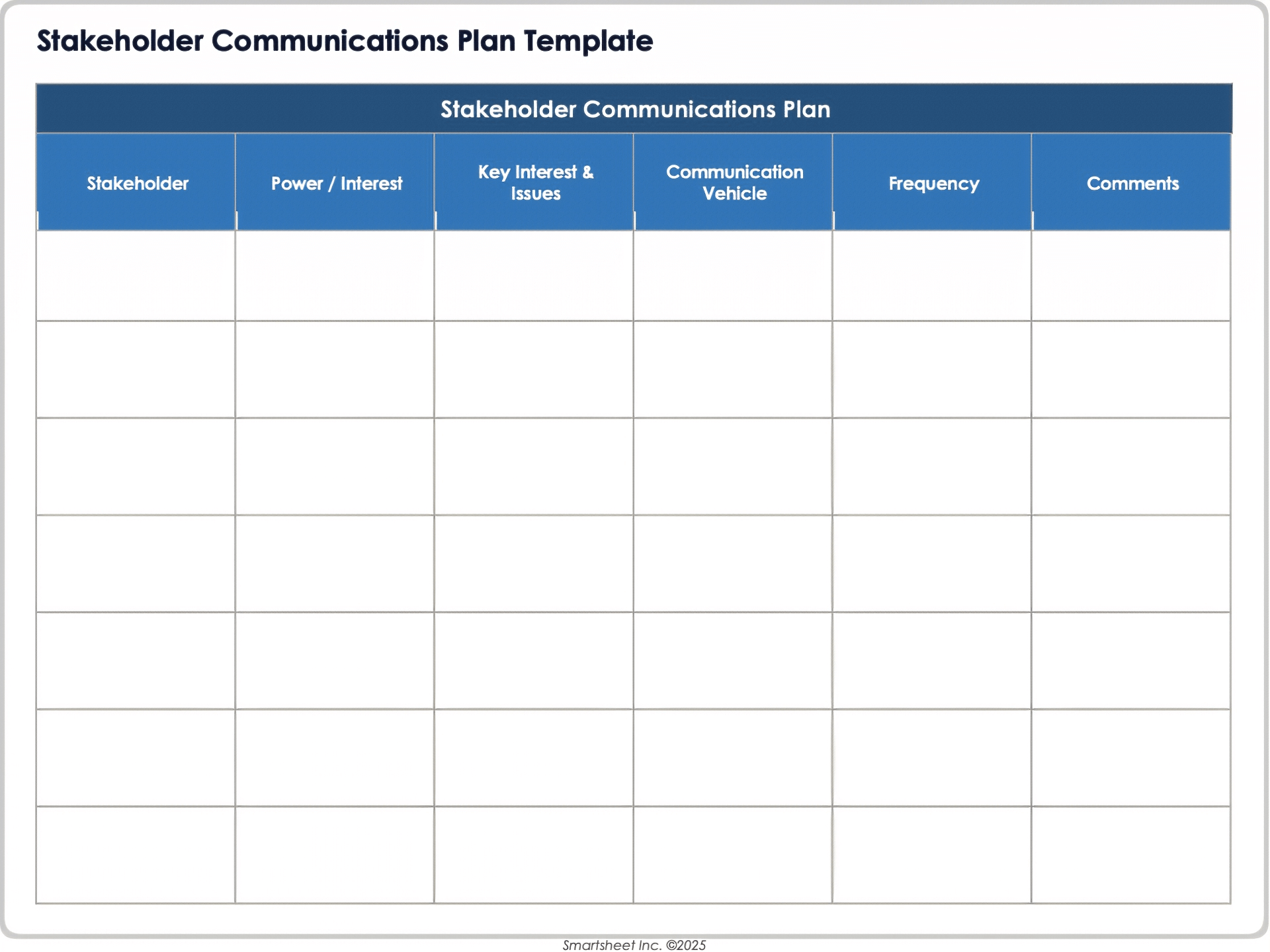
Download the Stakeholder Communication Plan Template for Microsoft Word
When to Use This Template: Use this stakeholder communication plan template to plan stakeholder communications, track relevant details, and inform your project management process.
Notable Template Features: This template provides columns to note stakeholder power and interest, the frequency and type of communication used for each stakeholder, and comments. Use this template as part of your comprehensive project management plan.
Simple RACI Matrix Template
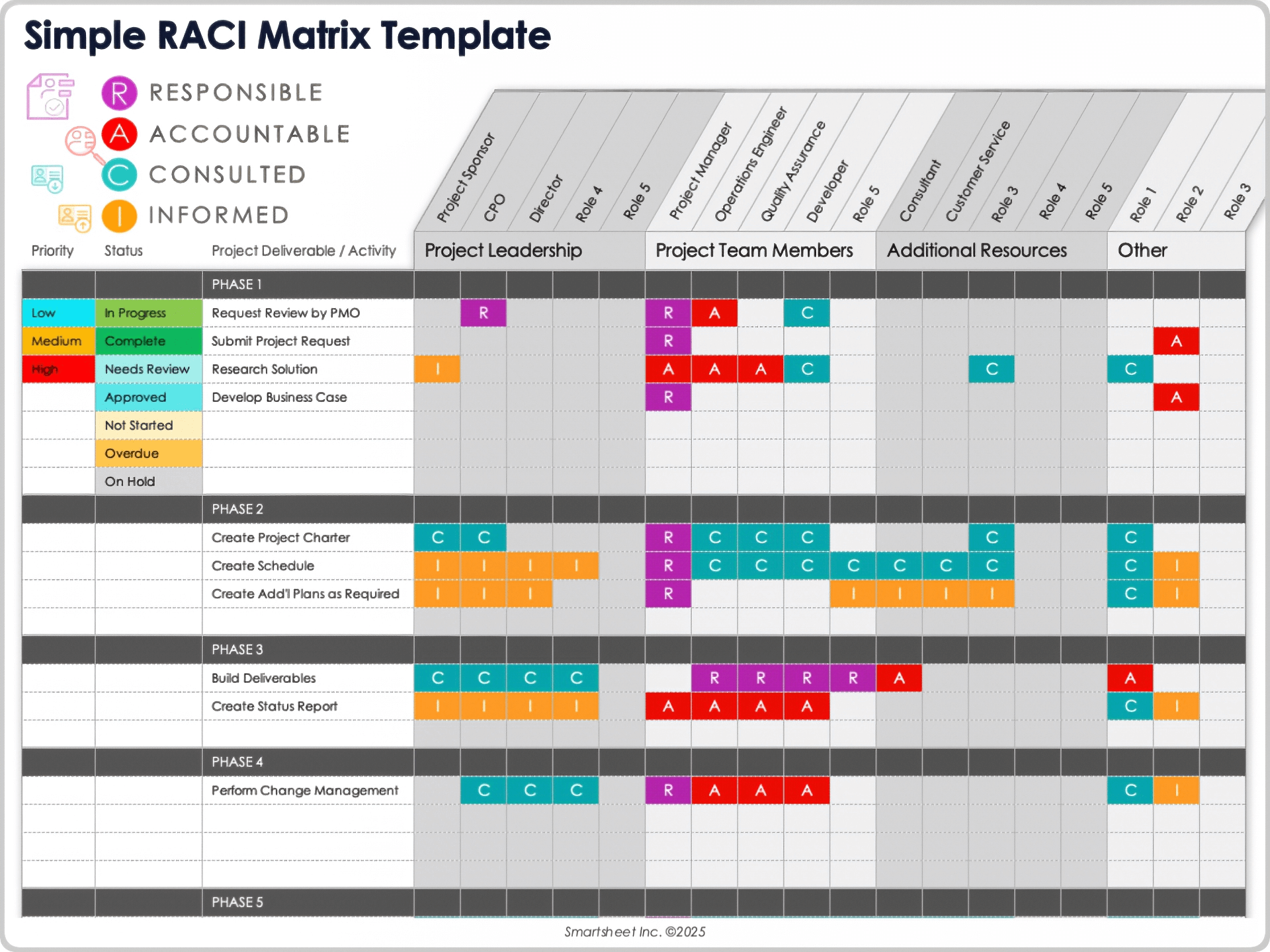
Download the Blank and Sample Versions of a Simple RACI Matrix Template for
Excel
| Google Sheets
Download a Blank Simple RACI Matrix Template for
PowerPoint
| Google Slides
Download a Sample Simple RACI Matrix Template for
PowerPoint
| Google Slides
When to Use This Template: Use this simple RACI matrix template to assign project roles and clarify which stakeholders are responsible for each task. Doing so helps minimize confusion and ensures there is no overlap or gaps in responsibilities.
Notable Template Features: This template provides space to list which team members should be responsible, accountable, consulted, and informed (RACI) for each project task. This makes responsibilities clear to all project stakeholders. The template is fully customizable and designed to ensure that your team successfully completes all of your project’s deliverables. See these RACI templates for Excel for more options.
Learn who and what are stakeholders through the stakeholder theory.
Improve Stakeholder Relationships With Real-Time Work Management in Smartsheet
Empower your people to go above and beyond with a flexible platform designed to match the needs of your team — and adapt as those needs change.
The Smartsheet platform makes it easy to plan, capture, manage, and report on work from anywhere, helping your team be more effective and get more done. Report on key metrics and get real-time visibility into work as it happens with roll-up reports, dashboards, and automated workflows built to keep your team connected and informed.
When teams have clarity into the work getting done, there’s no telling how much more they can accomplish in the same amount of time. Try Smartsheet for free, today.
